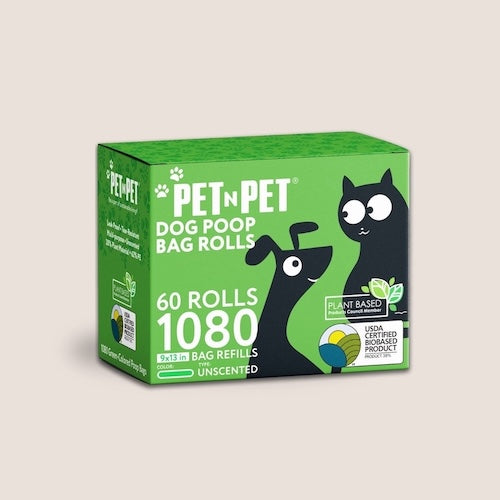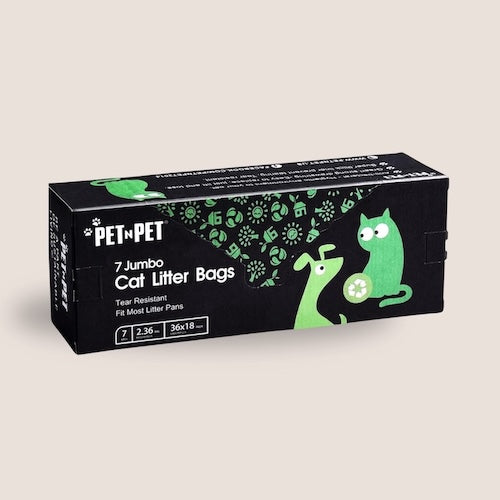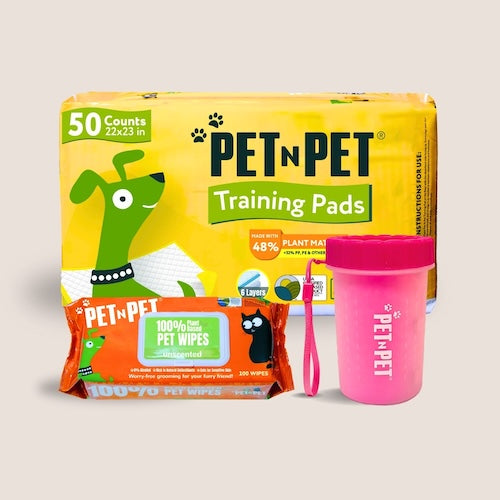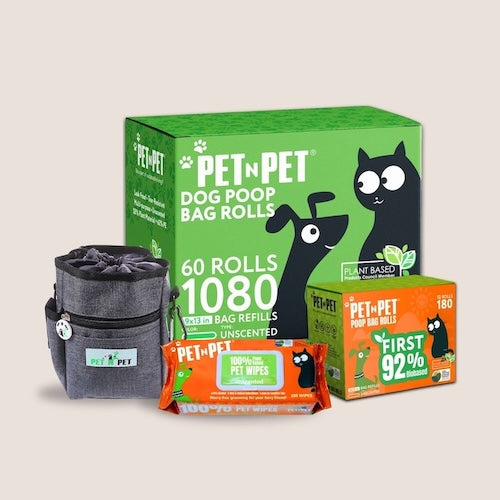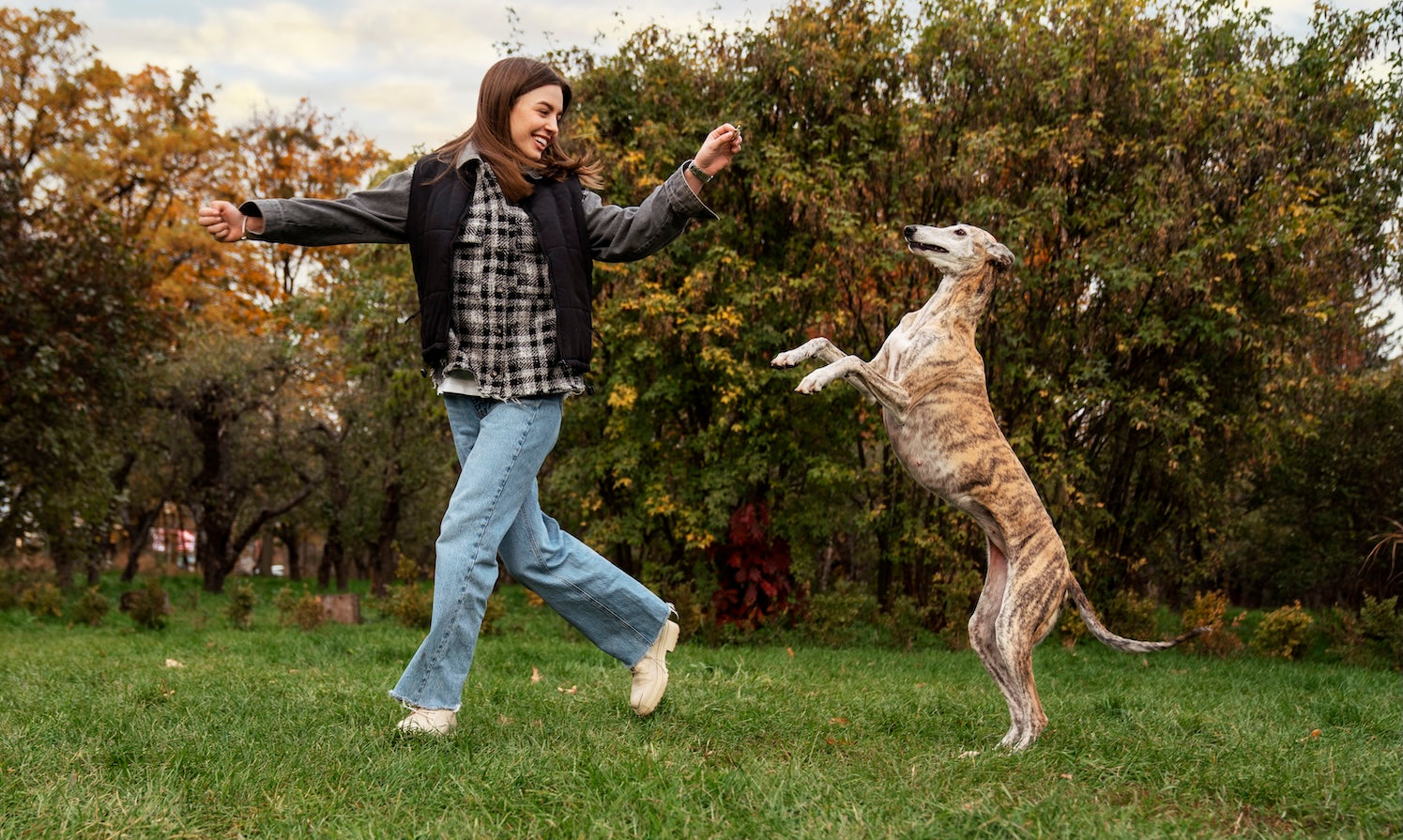
Simple Fetch Training Techniques That Help Dogs Learn Fast
Fetch isn’t just about fun—it’s an excellent way to give your dog mental stimulation, physical activity, and a deeper connection with you. But if your dog doesn’t naturally chase or return toys, don’t worry—it just takes the right tools and a bit of training.
Here’s how to help your pup master the game (and enjoy every second of it).
1. Choose the Right Toy to Spark Interest
Step one? Use a toy that grabs your dog’s attention. Not all dogs respond to the same toys—some like squeaky plushes, others prefer balls or rubber chews.
Look for something that’s:
-
Lightweight and easy to toss
-
Comfortable for your dog to carry
-
Durable enough for outdoor play
Bonus Tip: Keep a few options handy to see what your pup prefers. If you’re working on fetch during walks or outings, our PET N PET Dog Treat Pouch makes it easy to carry toys and training treats all in one spot.
2. Start with Small Tosses in a Quiet Area
Find a distraction-free area like your living room or backyard. Gently toss the toy a few feet ahead and encourage your dog to go after it. If they hesitate, make the toy move or bounce—it helps activate their prey drive.
Act excited! Your dog feeds off your energy, so celebrate every little success.
3. Teach the Return Using Two Toys
Chasing is easy for most dogs—returning is the hard part.
The two-toy method works wonders:
-
Throw one toy.
-
When your dog picks it up, show them the second toy.
-
Toss the second toy once they return.
They’ll quickly learn that bringing the toy back leads to more play. It’s also a smart way to avoid tug-of-war or games of keep-away.
4. Increase Distance and Add Challenge
Once your dog understands the fetch cycle, start throwing the toy a little farther. If they’re really getting the hang of it, mix in bouncing balls, rolling toys, or even water-friendly fetch gear.
And don’t forget—always end the session on a high note before your dog gets tired or distracted.
5. Add Training Commands
Fetch time is perfect for reinforcing basic commands. Mix in cues like:
-
“Sit” before each throw
-
“Stay” until you release them
-
“Drop it” when they return
💡 Keep a few treats in your PET N PET Dog Treat Pouch to reward good behavior without fumbling around during play.
Common Fetch Problems (And What to Do)
They won’t return the toy:
Don’t chase them! Use another toy or treat to bring them back.
They’re uninterested:
Switch up the toy. Try something softer, smaller, or more exciting.
They don’t drop it:
Trade them for a second toy or treat reward—never yank the toy from their mouth.
Do's and Don'ts of Fetch
✅ Do:
-
Use positive reinforcement
-
Keep sessions short and fun
-
Watch for signs of fatigue or overstimulation
❌ Don’t:
-
Grab toys from their mouth
-
Force the game if they seem overwhelmed
-
Use fetch as the only form of daily exercise
Why PET N PET Makes Fetch Better
PET N PET gear is designed to make training easier—for you and your dog. Whether you’re tossing toys at the park or working on obedience in the yard, we’ve got your essentials covered.
-
Toys that are gentle, durable, and floatable
-
A treat pouch that keeps rewards and toys within easy reach
-
Training tools designed for active dogs and busy humans
Time to train, play, and fetch like a pro.
Explore our fetch-friendly products and grab your treat pouch here to make every session smoother.
